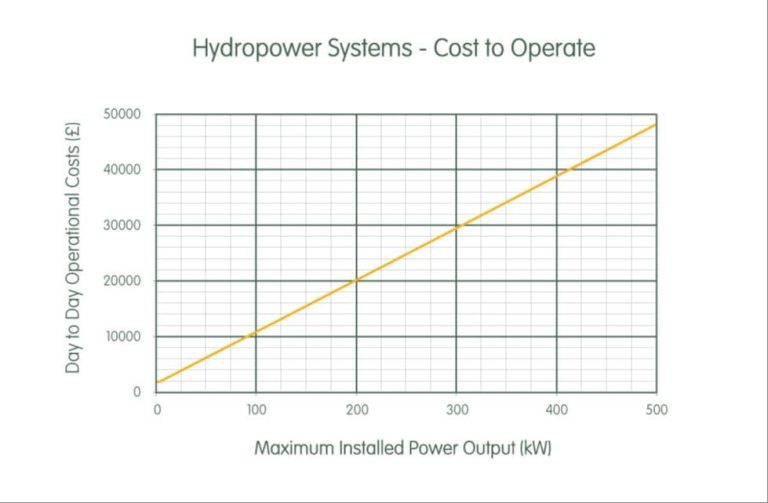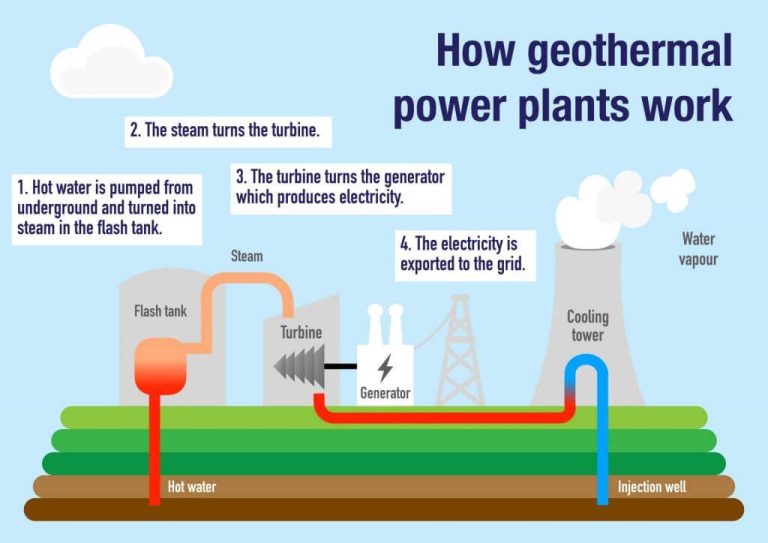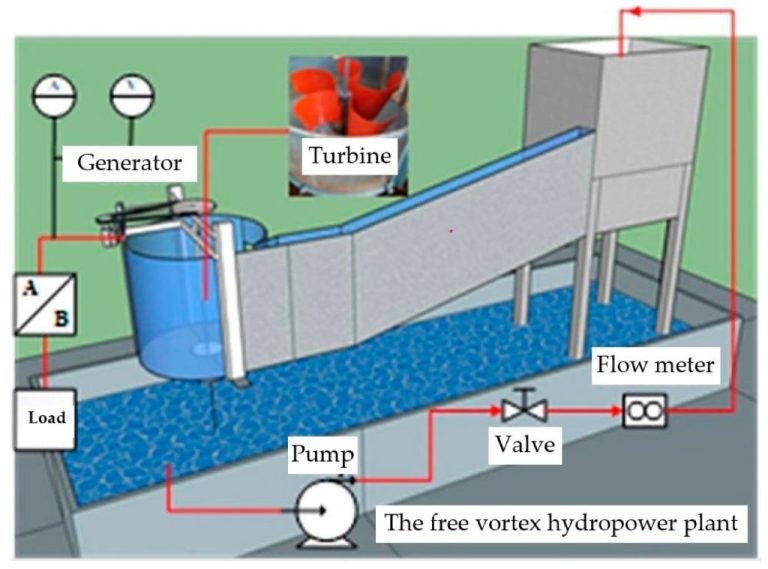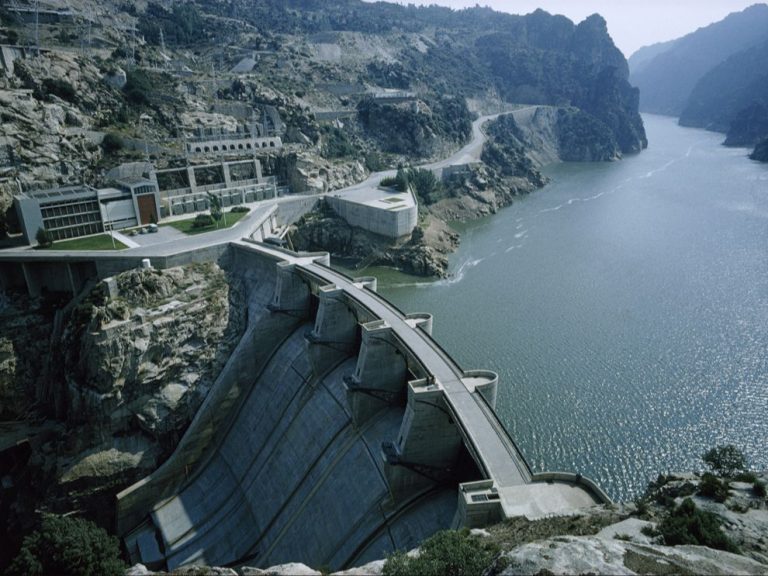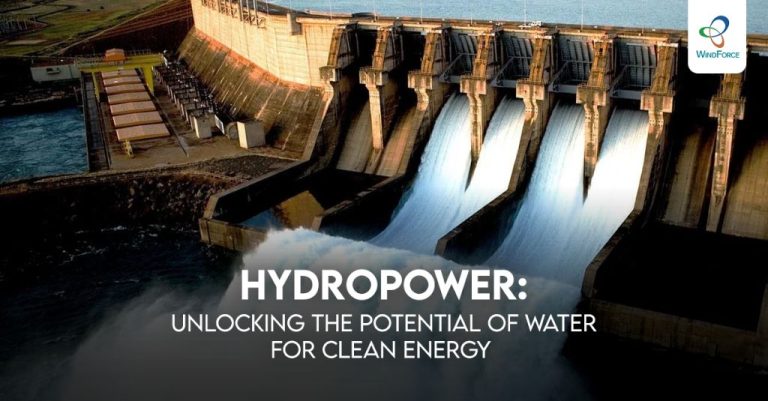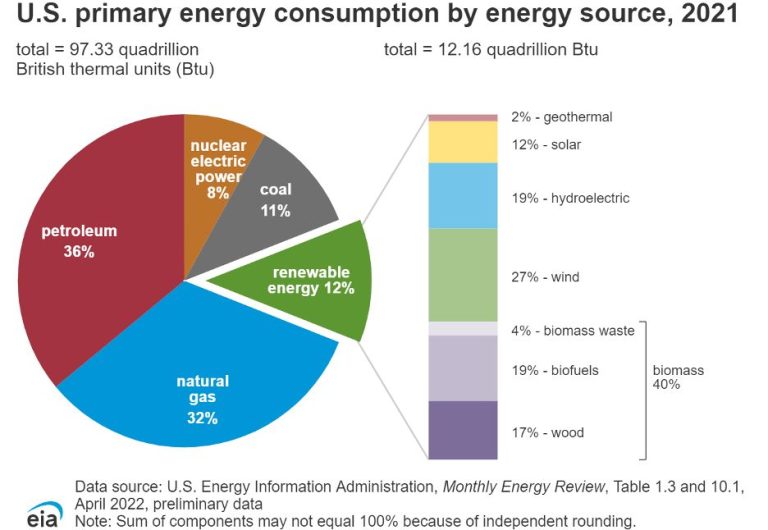How Do You Transfer Hydroelectric Power?
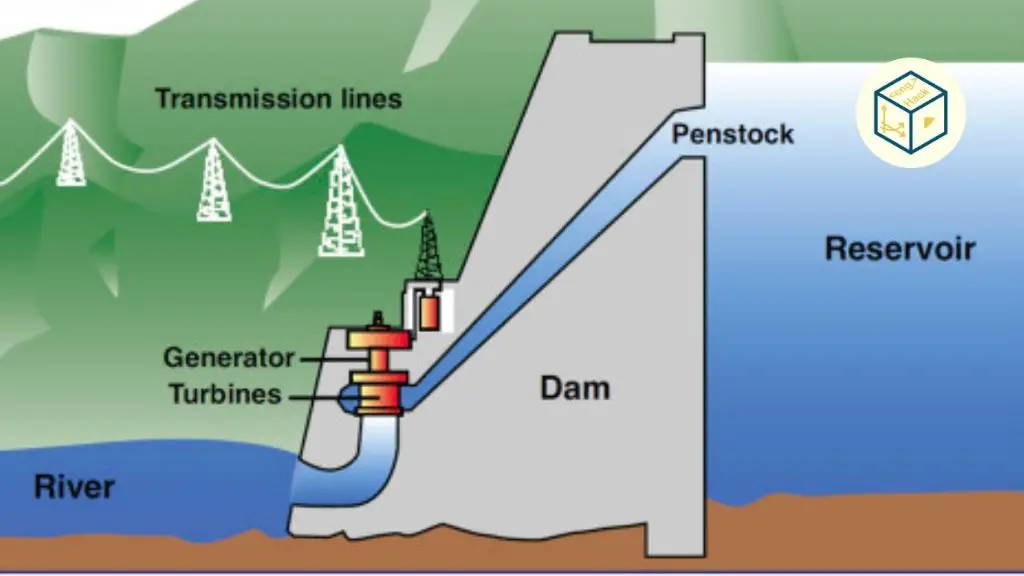
Hydroelectric power, also known as hydropower, is the process of generating electricity by using the natural flow of water. It is considered a renewable energy source because it relies on the water cycle of evaporation and precipitation to replenish the water in rivers, lakes and reservoirs.
Hydroelectric power is generated by the force of moving water turning turbines connected to generators. The amount of power that can be generated depends on the volume and speed of the water flow as well as the size and efficiency of the turbines and generators.
Hydroelectric power has several benefits compared to fossil fuel based electricity generation. It produces no greenhouse gas emissions or air pollution. It’s a very reliable and flexible energy source that can easily adjust output to meet demand. Hydroelectric facilities also have long lifespans typically over 50 years. In addition, reservoirs create lakes that can provide recreational opportunities like boating and fishing.
Hydroelectric Power Generation
Hydroelectric power is generated by utilizing the power of flowing or falling water. It begins with a dam constructed across a river to create a reservoir. The reservoir stores potential energy by holding back the water. Gates installed at the dam allow water to flow down through intake pipes, which direct the water towards the turbine hall located at the bottom of the dam.
The water brought to the turbine hall flows through and strikes the turbine blades, making them spin. The spinning turbine activates an electric generator to produce electricity. As the US Department of Energy explains, “The amount of available energy in water is determined by the flow of water and the fall of water. Swiftly flowing water and high waterfalls are ideal for hydroelectric power.”1 The movement of the water is converted into mechanical energy by the turbine, which then rotates coils of wire inside an electromagnet to generate electricity.
After passing through the turbine, the water flows out through a discharge pipe, returning to the river further downstream. In this way, hydroelectric dams utilize the natural kinetic energy of flowing water to generate renewable power with minimal emissions.
Transformer
A key component of transferring hydroelectric power is the transformer, which steps up the voltage generated by the hydroelectric plant to higher voltages for efficient transmission over long distances. As electricity is generated by the turbines at the hydro plant, it is produced at relatively low voltages, usually around 13,800 volts. However, for transmission over the grid, the voltage needs to be increased to reduce electrical losses over distances. This is where the transformer comes into play.
Transformers utilize the principles of electromagnetic induction to increase (or decrease) the voltage of the generated electricity. Essentially, they have two coils of wire where voltage is applied on the primary side and stepped up to a higher voltage on the secondary side based on the turns ratio between the two coils. This allows the voltage to be increased to anywhere from 138,000 to 765,000 volts for transmission on the grid (see Electrical Power Transformer Specifications and its Applications).
The advantage of stepping up the voltage is that it allows the current to be reduced proportionally based on the power equation (P=IV). By increasing the voltage, the current required to transmit the power is decreased. This significantly reduces the electrical losses in the transmission lines that can occur due to resistance, allowing electricity to be transmitted efficiently over long distances.
Transmission Lines
Electricity is carried from the power plant to customers via transmission lines. These lines carry electricity long distances, sometimes hundreds of miles (“[Frequently Asked Questions (FAQs) – U.S. Energy …](https://www.eia.gov/tools/faqs/faq.php?id=105&t=3)”). Transmission lines can be overhead power lines or underground power lines. Overhead transmission lines are the most common, consisting of aluminum conductors suspended by towers or poles (“[Lost In Transmission: How Much Electricity Disappears …](https://insideenergy.org/2015/11/06/lost-in-transmission-how-much-electricity-disappears-between-a-power-plant-and-your-plug/)”). Underground transmission lines are more expensive to install but have aesthetic and reliability benefits. On average, about 5-15% of electricity is lost during transmission from the power plant to end users (“[How Much Power Loss in Transmission Lines | CHINT Blog](https://chintglobal.com/blog/how-much-power-loss-in-transmission-lines/)”).
Substation
A critical component in transferring hydroelectric power is the substation. Substations step down the high voltage electricity from hydroelectric generators to lower voltages that can be safely distributed to homes and businesses. According to the IEEE article “Attack on Nine Substations Could Take Down U.S. Grid”, there are over 55,000 transmission substations in the United States. Substations use transformers to reduce the voltage levels in multiple stages. Large power transformers convert the electricity from hydro plant voltages like 13.8 kV up to as high as 500 kV for transmission over long distances. Additional transformers then further step-down the voltage for distribution, converting 500 kV to 138 kV and finally down to 12 kV that runs through neighborhood distribution lines.
Distribution Lines
Distribution lines carry lower voltage power from substations to end users like homes, businesses, and factories. Distribution lines typically carry voltages below 50 kilovolts (kV). Lower voltages are used for distribution to reduce electricity losses over the relatively shorter distances the power needs to travel[1]. Higher voltage transmission over long distances is more efficient.
Distribution systems can either tap directly off the transmission lines feeding a substation, or feed smaller substations that further step-down the voltage. Distribution lines use transformers on power poles or pad-mounted transformers to convert the higher voltage from transmission down to the 120/240V used by most customers in the US. The distribution system includes the final wires, poles, and transformers that deliver electricity to end users[2].
[1] https://www.eia.gov/energyexplained/electricity/electricity-in-the-us-generation-capacity-and-sales.php
[2] https://www.penlight.org/hydropower-101-transmission-from-dam-to-doorstep/
Energy Storage
Hydroelectric power utilities often rely on energy storage options like pumped hydro storage to help manage electricity supply and demand. Pumped hydro storage works by using excess electricity to pump water from a lower reservoir to an elevated reservoir. When electricity demand is high, the water can be released from the upper reservoir back down to the lower reservoir to spin turbines and generate electricity.
According to the U.S. Energy Information Administration, in 2018 the United States had 22.9 gigawatts of pumped hydro storage capacity, compared to 79.9 gigawatts of conventional hydroelectric capacity (Source). Pumped hydro currently accounts for over 90% of utility-scale energy storage in the country (Source).
Other emerging storage technologies like compressed air energy storage and large-scale batteries can also help integrate intermittent renewable sources like wind and solar onto the grid. But pumped hydro remains the predominant energy storage option due to its technical maturity and cost effectiveness.
Microgrid Connection
Hydroelectric power stations can be connected to a microgrid, which is a smaller localized grid that can operate independently or in conjunction with the main power grid (Zhang 2020). Microgrids allow the hydroelectric power station to continue providing electricity even if there is an outage on the main grid. They also provide more flexibility in how the power is distributed locally.
A key advantage of connecting a hydroelectric facility to a microgrid is the ability to isolate from the main grid during power quality disturbances or outages. The hydroelectric power station and microgrid can continue operating independently to provide uninterrupted power to connected customers (Jenkins 2021). This makes microgrids highly reliable.
Microgrids also allow for easier integration of renewable energy like solar or wind power along with energy storage. Combining hydroelectricity with other renewables can lower costs and emissions compared to relying entirely on the main grid.
Maintenance
Maintaining hydroelectric power facilities is crucial for continued operation and efficiency. Major components that require routine maintenance include dams, turbines, generators, and other mechanical equipment. According to the International Renewable Energy Agency (IRENA), operation and maintenance (O&M) costs for hydropower plants are typically 1.5-2.5% of initial investment per year (Renewable Energy Cost Analysis: Hydropower).
Specific maintenance tasks include inspecting the dam for any cracks or structural issues, lubricating turbine bearings, cleaning turbine runners and replacing worn parts, testing and calibrating generators, and monitoring equipment. Maintenance schedules and procedures must adhere to strict environmental regulations and dam safety protocols. Environmental protection regulations related to fish passage, endangered species, and downstream water quality often impact maintenance activities and costs at hydroelectric facilities (Kumar, 2022).
Future of Hydroelectricity
The future growth of hydroelectric power will focus on upgrading existing infrastructure and scaling down to smaller facilities. Most large-scale hydroelectric dams in developed countries are already built or operating at full capacity[1]. Growth will come from refurbishing and modernizing generators and equipment at existing dams to maximize efficiency and output. Small hydropower, often defined as under 30 MW capacity, is expected to see strong growth globally. The small hydropower market is projected to reach USD $3 billion by 2024, growing at a CAGR of 2.4%[2]. Advantages like low operating costs, flexibility, and minimal environmental impact make small hydro attractive. Microhydro systems under 1 MW capacity can provide distributed generation options for remote areas[3]. New turbine and generator technologies, like variable speed designs, can improve performance and enable hydro facilities to provide grid services. Innovation in plant optimization, forecasting, and digitalization will also support growth of hydroelectricity.

